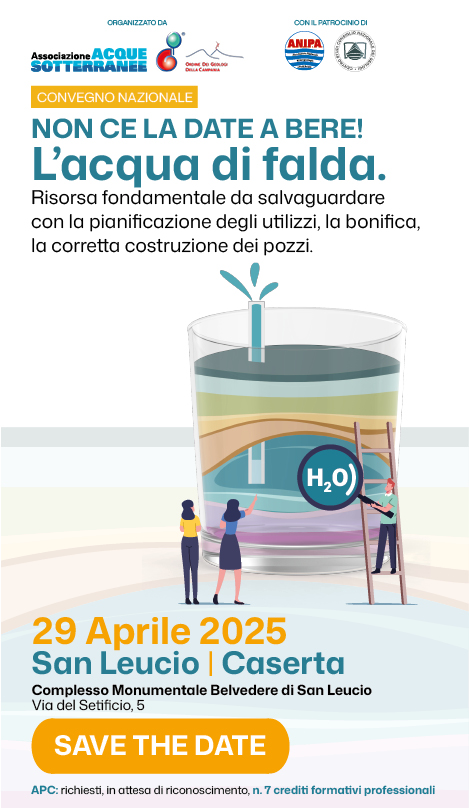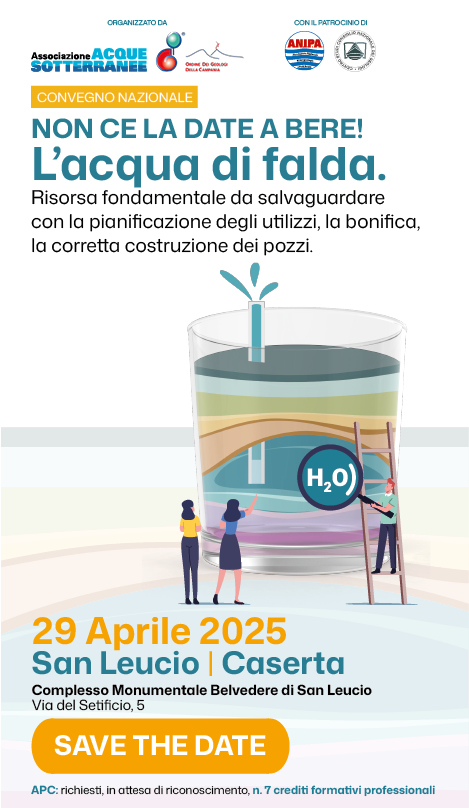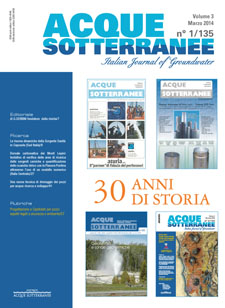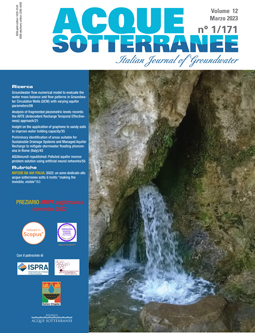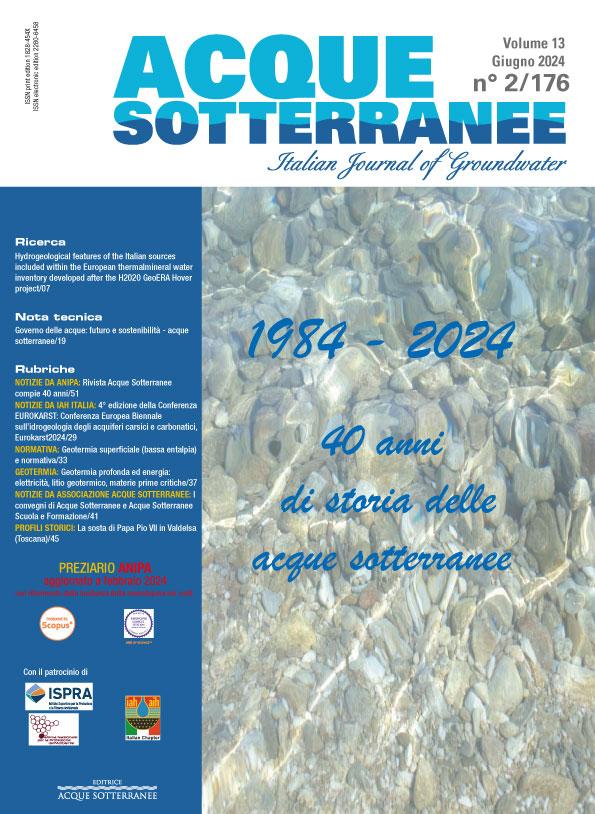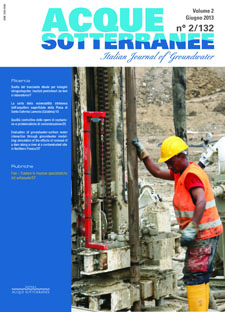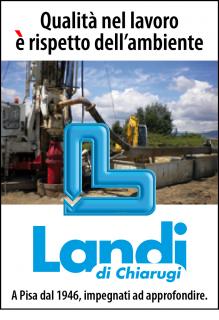The UNESCO IHP’s Shared Aquifer Resources Management Global Project
Groundwater contained in aquifer systems represents the most significant as well as the safest source of drinking water. Since the late sixties UNESCO’s International Hydrological Program (IHP) has devoted particular attention to these systems. The IHP is UNESCO’s programme on water resources management, research, education and capacity building and is also the only intergovernmental water sciences programme within the UN system. The launching of the current phase of IHP (2008-2010), entitled: ‘Water Dependencies: Systems under Stress and Societal Responses’ coincides with the emergence of a profound paradigm shift in society’s approach towards water. The IHP thus seeks to address links between the systems under stress and the societal responses to these stresses. In addition, with water now given high profile on the international circuit and the number of current political issues surrounding the sharing of water resources, IHP gives substantial attention to the wise sharing of transboundary aquifers. The studies conducted by the programme have demonstrated that significant quantities of groundwater resources can be found in transboundary aquifers in each of the regions of the world. In the coming years several regions will be facing severe water scarcity conditions and as a result competition for these shared resources could increase and become a source of conflict. In 2002, following the recommendation of Member States, UNESCO-IHP launched the International Shared Aquifer Resources Management project (ISARM) to conduct a worldwide inventory and assessment of these systems and to develop wise practices and guidance tools concerning their management. In this paper an overview of the UNESCO-ISARM initiative is given followed by a description of the project’s results as well as recent developments.

